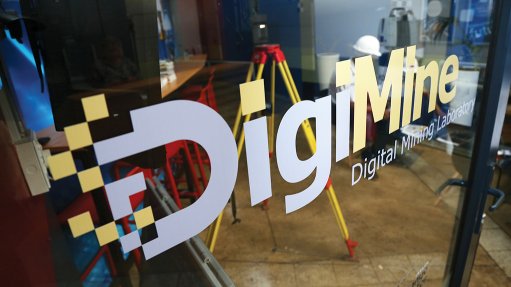
DigiMine
The Wits Mining Institutes’ (WMI’s) Digital Mining Laboratory, DigiMine, will host a seminar on digital mining technology from April 7 to 9 at the University of the Witwatersrand Club.
The seminar is expected to shed light on digital technology trends within the mining industry and will be headlined by a keynote address by precious metals miner Sibanye-Stillwater CEO Neal Froneman.
“The seminar is for anyone interested in digital mining in the underground environment. We will showcase our laboratory and our research agenda – developing digital technologies for mining applications,” says WMI director Professor Fred Cawood.
He says delegates will learn about the research and case studies developed in recent years by the DigiMine, the WMI and its partners.
The keynote address, which will focus on Sibanye’s view of mining in the digital age, will be followed by a range of interactive sessions highlighting technological systems for the mining industry.
“The seminar is unique in the sense that it truly bridges the gap between industry and academia, a much-needed connection given the times,” Sibanye Innovation group head Alex Fenn says.
Attendees will gain first-hand insights into how these have been applied to solve twenty-first-century mining problems.
The seminar is also a Wits University-accredited short course and participants will, therefore, receive a certificate of competence.
There will also be a visit to the DigiMine laboratory, demonstrating the process within the laboratory, as well as highlighting key best practice technology and systems.
Selected postgraduate research students and technology partners will present their work and demonstrate their solutions.
There will be additional case studies on best practice systems, as well as opportunities for the delegates to participate in various simulated environments as individuals and groups.